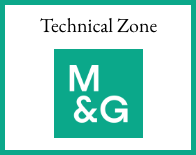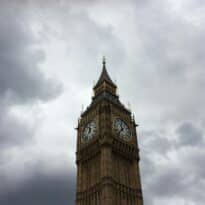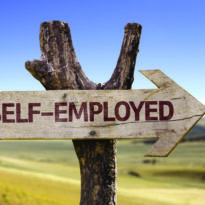The number of people who paid inheritance tax over the past year has soared by 24%, driven by rising property prices and a frozen tax thresholds.
The latest government data shows that 41,000 people were liable to inheritance tax in 2022/23, up from 33,000 the previous year and the highest level in 20 years. It is nearly double what it was in the 2018/19 tax year when only 22,000 people paid IHT.
The figures follow recent statistics that showed that IHT receipts from April 2022 to March 2023 reached a record £7.1 billion, a hike of £1 billion since the same period of last year.
A combination of the nil rate band being frozen until at least 2028 and the consistent rise in house prices has led to more individuals being caught out by the wealth tax.
David Gibb, chartered financial planner at Quilter, said: “The Nil Rate Band is an essential element of the inheritance tax system, functioning as a tax-free threshold on a person’s estate. Currently, the NRB stands at £325,000, meaning that any estate valued below this threshold is exempt from IHT. However, the NRB has been frozen for several years, which has contributed to the surge in IHT revenue. Adding fuel to the fire is the current double-digit inflation we are experiencing which makes the value of the nil-rate band diminish even more leading to a larger proportion of estates becoming subject to inheritance tax.”
While house prices are slowly falling, they have remained resilient in the face of the cost-of-living crisis.
Gibb continued: “During the pandemic as stamp duty was slashed an overheated market meant house prices soared meaning more and more estates surpassed the NRB threshold from just their property wealth. Consequently, a growing number of individuals have become subject to the 40% IHT rate, generating an increased tax take for the government.
“Many individuals who were once considered ‘middle class’ are now finding themselves liable for inheritance tax, which was typically seen as a tax for the wealthy, simply due to the appreciation of their properties’ values.”
Gibb called upon the government to consider making changes to inheritance tax, such as bringing forward the unfreezing of the nil-rate band.
“While the ailing property market might help lower the number of people liable for IHT in the near future this is a problem that is only going to get worse unless the government assesses its thresholds as a matter of urgency,” he added.
Helen Morrissey, head of retirement analysis at Hargreaves Lansdown, said: “Inheritance tax is no longer a wealthy person’s tax, the huge surge in HMRC figures shows it needs to be firmly on the radar of middle Britain. The number of people incurring IHT liabilities was already rising steeply in the early years of this century, helped in large part by house price increases. The introduction of transferable nil rate bands – where spouses could transfer unused nil rate bands between themselves – as well as the residential nil rate band did play a part in cutting the number of people falling foul of IHT for a few years before rebounding strongly.
“The freeze in the threshold will certainly pull many more people into paying IHT for the foreseeable future. It is important to consider the possibility your estate may incur IHT within your financial planning.”
Morrisey said people should consider the different allowances on offer and options to gift money while still alive, as well as a life insurance policy written into a trust which can be used to pay any tax bill.






























